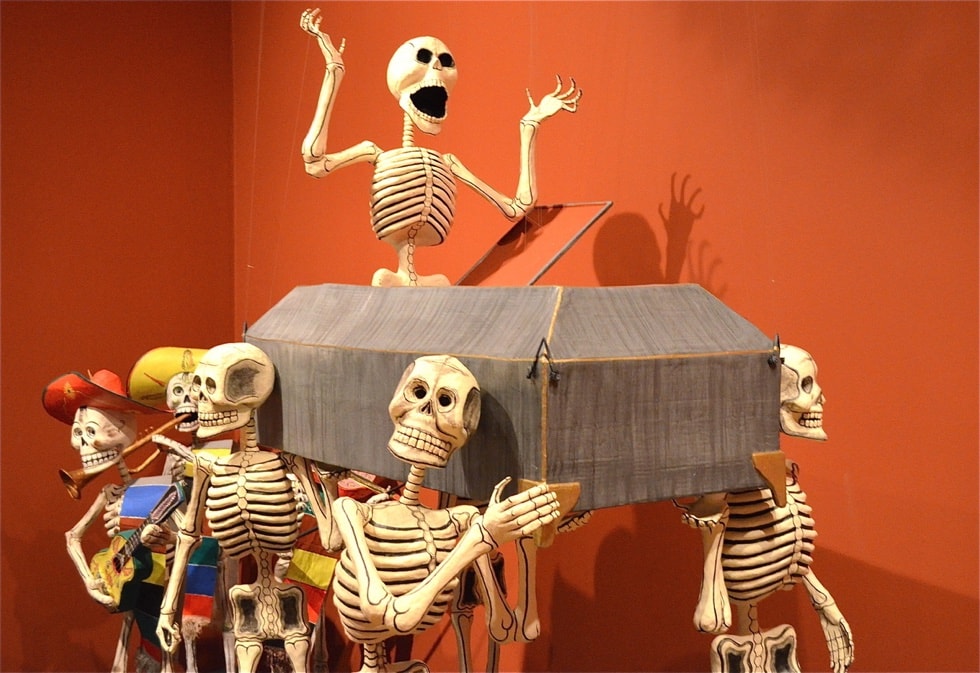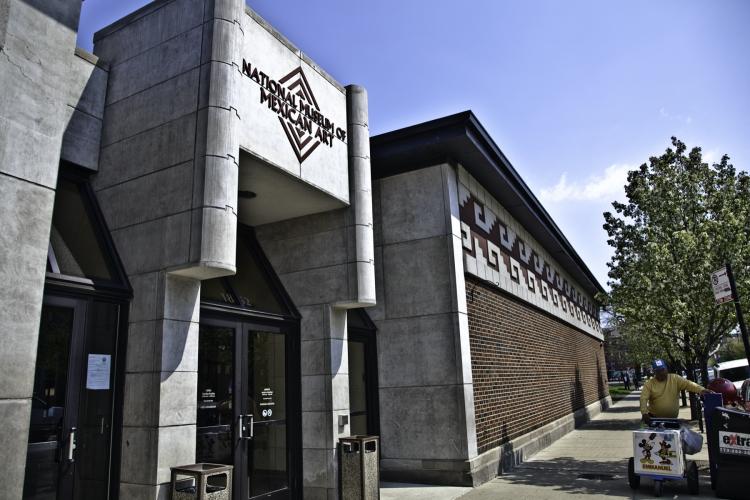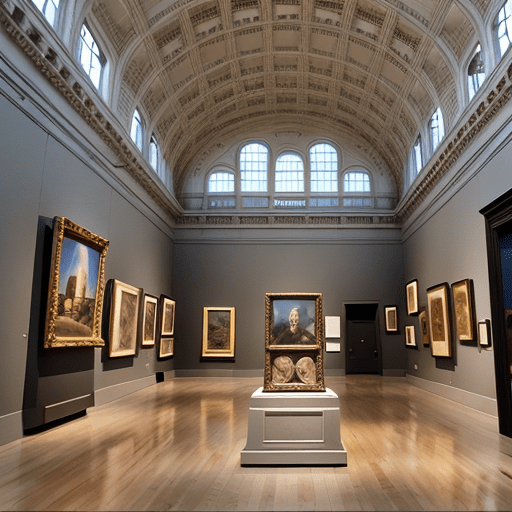The National Museum of Mexican Art: A Treasure Trove of Mexican Culture
The National Museum of Mexican Art (NMMA), nestled in the heart of Chicago’s vibrant Pilsen neighborhood, stands as a testament to the rich tapestry of Mexican, Latino, and Chicano art and culture. A brainchild of Carlos Tortolero, the museum was established in 1982 and opened its doors to the public on March 27, 1987.
The Museum’s Mission
The NMMA’s mission is to stimulate appreciation and understanding of Mexican culture from both sides of the border. Through its vast permanent collection, enriching visual and performing arts programs, and high-quality educational resources, the museum offers a unique, firsthand perspective of Mexican culture. It welcomes all visitors and strives to foster inclusivity and cultural understanding.
A Bit of History
In the early 1980s, Carlos Tortolero, along with a group of educators, set out to create an arts and cultural institution that would provide a platform for Mexican art that was often overlooked by other art institutions. This led to the establishment of the Mexican Fine Arts Center Museum.
As the institution’s reach and influence expanded, it evolved into a state-of-the-art facility, boasting 48,000 square feet of art and culture. Reflecting this evolution, the museum changed its name to the National Museum of Mexican Art in 2006.
The Museum Today
Today, the NMMA is recognized as one of the most prominent institutions for Mexican art and culture in the United States. It houses one of the country’s largest Mexican art collections, with over 18,000 pieces ranging from ancient Mexico to the present.
As the first Latino museum accredited by the American Alliance of Museums, the NMMA has a unique responsibility to present exhibitions of artistic and cultural significance and deliver high-quality education that showcases the breadth and depth of Mexican art, culture, and history.
Collections and Exhibits
The museum’s permanent collection features notable works by Mexican artists and artifacts from various periods of Mexican history. The permanent exhibit “Mexicanidad: Our Past is Present” explores the history of Mexico in five stages: Pre-Cuauhtémoc Mexico, Colonial Mexico, Mexico from Independence to Revolution, Post-Mexican Revolution to Present-day Mexico, and The Mexican Experience in the US.
Día de los Muertos Exhibit
Every October, the museum hosts a Día de los Muertos (“Day of the Dead”) exhibit. This exhibit, the nation’s largest, features altars and Día de los Muertos-related art by artists from Chicago and around the world.

The NMMA’s Impact
The NMMA’s impact extends beyond its walls. Twenty of its exhibitions have traveled across the United States, and six have traveled to Mexico. The museum also hosts cultural programs, including symposia, theater, dance, music, authors, and performance companies, that share the rich diversity of the Mexican culture.
Sin Fronteras: Reaching Beyond Borders
The NMMA defines Mexican culture as sin fronteras (without borders), capturing the wide range of Mexican cultural expressions and art forms, from ancient to modern and on both sides of the border. The museum offers a wide range of educational programs for children and families, teens, school groups, and educators, serving over 150,000 visitors annually, including 52,000 K–12 students.
The NMMA’s Legacy
The NMMA is a national leader and mentor for cultural institutions and community organizations. It advocates for “first voice” and cultural equity issues. From building a world-class institution in Chicago’s largely Mexican American neighborhood of Pilsen to creating groundbreaking exhibitions and forming partnerships with institutions in Mexico, the NMMA has a history of being bold and activist in its approach and reach.
The National Museum of Mexican Art is more than just a museum; it’s a cultural beacon that illuminates the essence and diversity of Mexican art and culture. Whether you’re an art enthusiast or a casual visitor, the NMMA promises an enriching and enlightening experience that transcends borders and breaks down barriers.


